Preferreds: A Big Gamble
Don't jump into these investments because of their recent hot performance without fully understanding the risks.

Common stock isn't the only asset class benefiting from the revival of investors' appetite for risk. Check out the rally in preferred stocks. From the stock market's bottom on March 9 through June 5, iShares Standard & Poor's U.S. Preferred Stock Index (symbol PFF), an exchange-traded fund, returned an astounding 122%. Another ETF, PowerShares Financial Preferred (PGF), did even better, catapulting 171%. The S&P 500-stock index gained only 39%.
More to the point, since the market's March turn, preferreds have trounced other high-yielding investments, such as junk bonds and real estate investment trusts. Yet despite the rebound, many triple-B-rated preferred stocks are still priced to yield about 10%. What in the name of AIG is going on?
The ABCs. Before addressing that question, a quick refresher: Preferreds are essentially unsecured debt obligations of their issuers, most of which happen to be banks and other financial companies. Preferreds pay fixed dividends, so they resemble bonds. But in the event of a bankruptcy, bondholders get paid first and are likely to emerge closer to whole. Plus, unlike holders of common stock, preferred investors don't benefit from a company's earnings growth or its ability to boost dividends.
From just $107.88 $24.99 for Kiplinger Personal Finance
Become a smarter, better informed investor. Subscribe from just $107.88 $24.99, plus get up to 4 Special Issues

Sign up for Kiplinger’s Free Newsletters
Profit and prosper with the best of expert advice on investing, taxes, retirement, personal finance and more - straight to your e-mail.
Profit and prosper with the best of expert advice - straight to your e-mail.
The big allure of preferred stocks is high yields. And payouts from some preferreds are considered qualified dividends, which are subject to a maximum federal income-tax rate of 15%. Moreover, after so many financial companies have slashed or eliminated dividends on their common shares, preferreds enable you to put some financials into an income portfolio.
But the preferred market is relatively small, not terribly liquid and subject to hedge-fund shenanigans. So picking individual preferreds is tricky business (thank goodness for those ETFs). And buyers of individual preferreds face unfamiliar nomenclature, such as trust, cumulative and perpetual preferreds.
Unbeknownst to many investors, issuers also find ways to sabotage them. Bank of America, Citigroup and SunTrust, among others, recently made tender offers to buy their preferred shares at prices higher than the market but less than the $25-a-share par value at which preferreds can usually be redeemed. For investors, the experience is like buying a shaky bond for 50 cents on the dollar, smiling as the government gives the bond its backing, but then wincing as the issuer offers you 75 cents just when you think you'll eventually get the full $1 back. (To make matters worse, the banks offered common stock in their tender offers, not even cash.)
It's stuff like that that has some veteran financial advisers concerned that individual investors may jump into preferreds because of their recent hot performance without fully understanding the risks. "Yes, you've doubled your money the past few months," says Mickey Cargile, head of WNB Private Client Services, in Midland, Tex. "But if you've held them for a while, you've still probably lost 40%." Marilyn Cohen, who manages bond accounts for Envision Capital Management, in Los Angeles, and writes a newsletter, is even harsher. She says that some hedge funds "made a boatload of money" by betting boldly during the dark winter that the government would save the banks. "But retail investors can still get slaughtered," she warns.
Jason Brady, who manages or co-manages four Thornburg bond and income funds, is another skeptic. He nibbles at preferreds from time to time but much prefers buying corporate bonds rated single-A and triple-B. Preferred stocks rewarded audacious gamblers who were willing to place their bets when fear was pervasive. That's as it should be. But, Brady says, fear has receded and greed is back. To bet on preferreds today makes you a "riverboat gambler," in Brady's view. It's best to play another game.
Profit and prosper with the best of Kiplinger's advice on investing, taxes, retirement, personal finance and much more. Delivered daily. Enter your email in the box and click Sign Me Up.

Kosnett is the editor of Kiplinger Investing for Income and writes the "Cash in Hand" column for Kiplinger Personal Finance. He is an income-investing expert who covers bonds, real estate investment trusts, oil and gas income deals, dividend stocks and anything else that pays interest and dividends. He joined Kiplinger in 1981 after six years in newspapers, including the Baltimore Sun. He is a 1976 journalism graduate from the Medill School at Northwestern University and completed an executive program at the Carnegie-Mellon University business school in 1978.
-
 Verizon Home Internet Is Offering Free Tech to New Customers
Verizon Home Internet Is Offering Free Tech to New CustomersVerizon’s latest home-internet promotion includes free tech, but the real savings depend on pricing, speed needs and how long you stay.
-
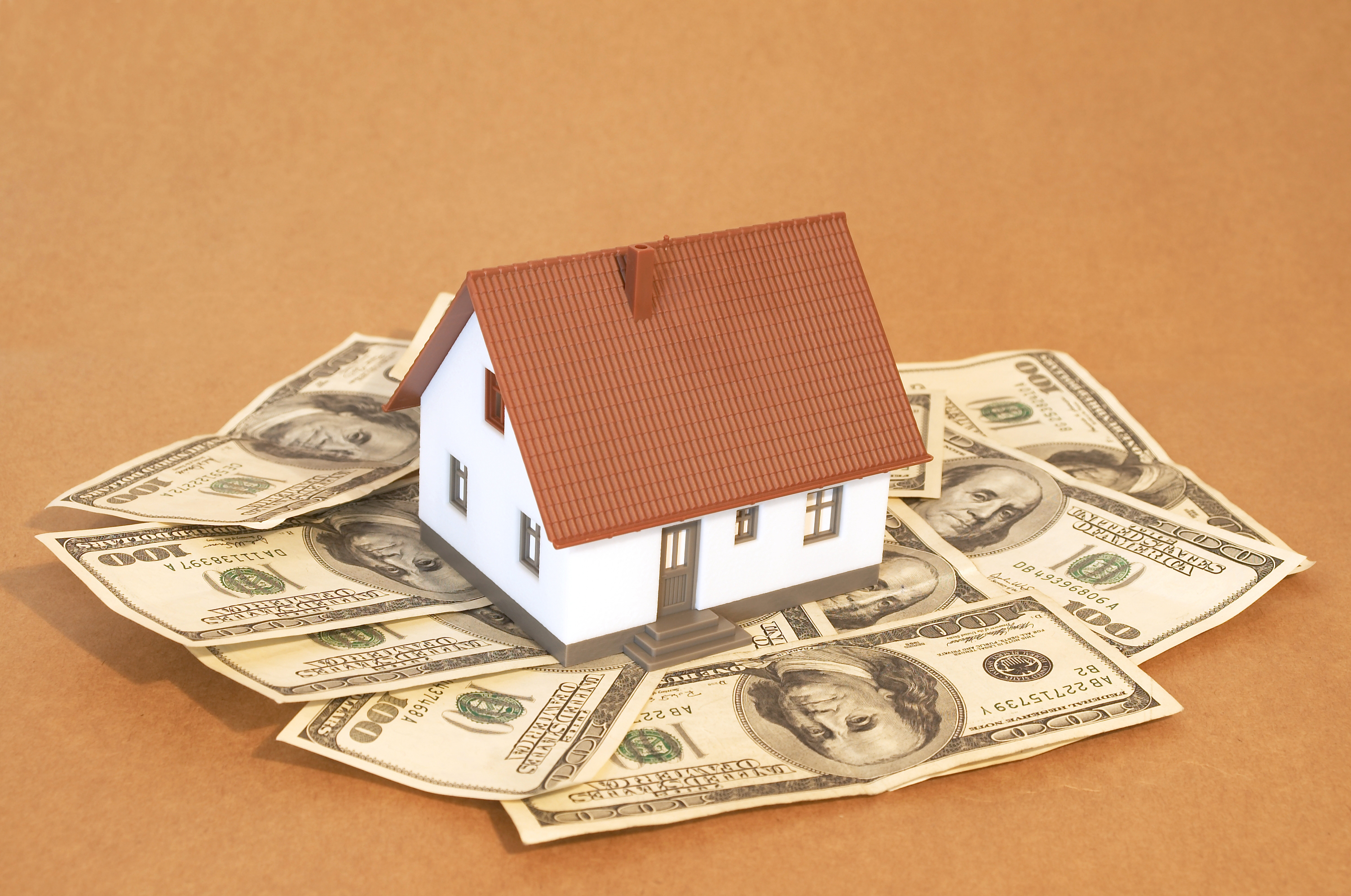 Retirees in These 7 States Could Pay Less Property Taxes Next Year
Retirees in These 7 States Could Pay Less Property Taxes Next YearState Taxes Retirement property tax bills could be up to 65% cheaper for some older adults in 2026. Do you qualify?
-
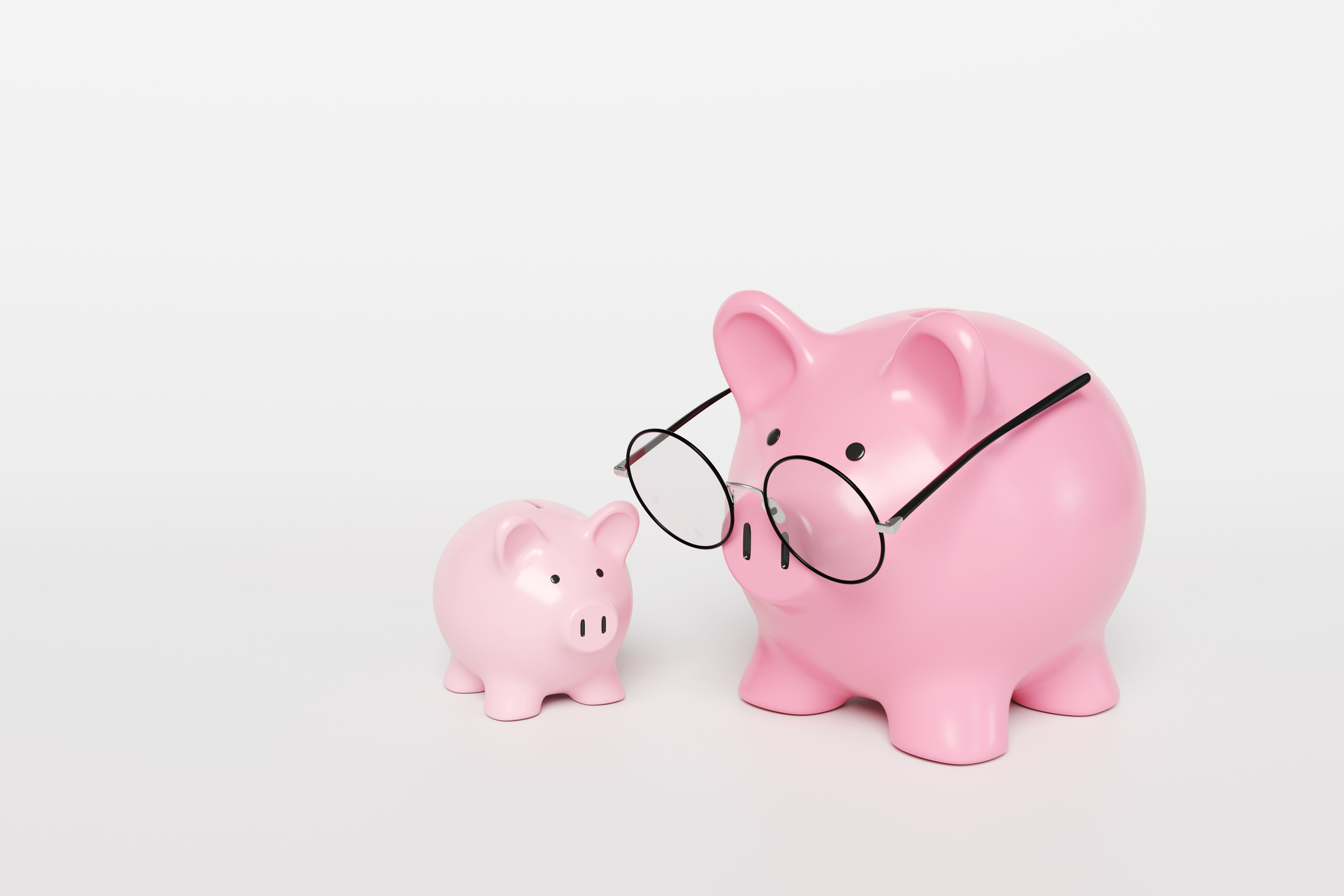 Estate Tax Quiz: Can You Pass the Test on the 40% Federal Rate?
Estate Tax Quiz: Can You Pass the Test on the 40% Federal Rate?Quiz How well do you know the new 2026 IRS rules for wealth transfer and the specific tax brackets that affect your heirs? Let's find out!
-
 What the Rich Know About Investing That You Don't
What the Rich Know About Investing That You Don'tPeople like Warren Buffett become people like Warren Buffett by following basic rules and being disciplined. Here's how to accumulate real wealth.
-
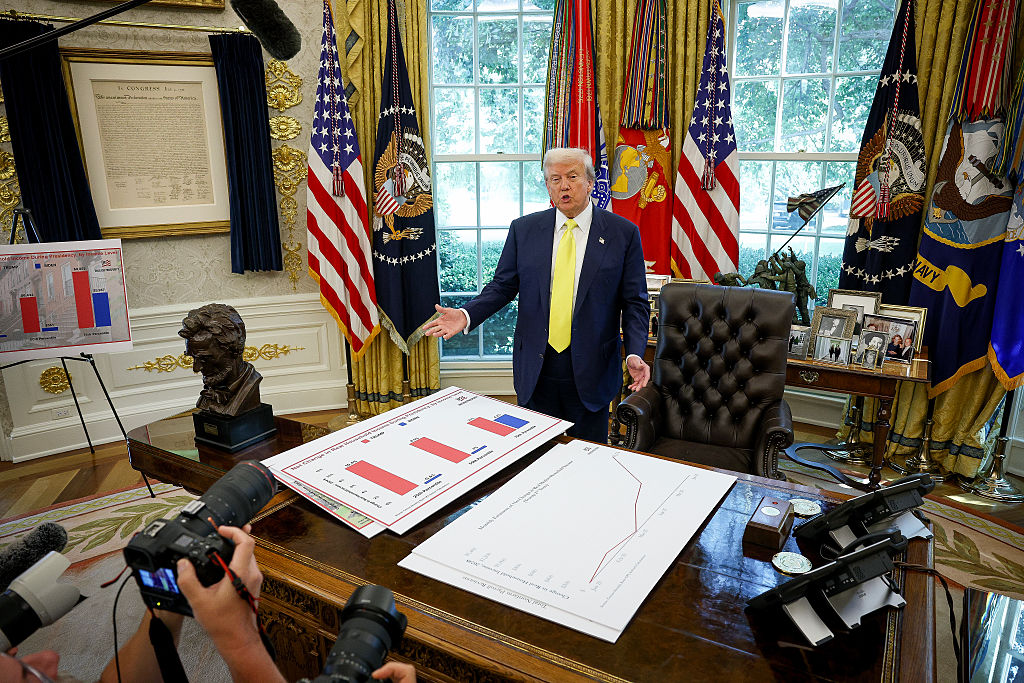 How to Invest for Rising Data Integrity Risk
How to Invest for Rising Data Integrity RiskAmid a broad assault on venerable institutions, President Trump has targeted agencies responsible for data critical to markets. How should investors respond?
-
 The Most Tax-Friendly States for Investing in 2025 (Hint: There Are Two)
The Most Tax-Friendly States for Investing in 2025 (Hint: There Are Two)State Taxes Living in one of these places could lower your 2025 investment taxes — especially if you invest in real estate.
-
 The Final Countdown for Retirees with Investment Income
The Final Countdown for Retirees with Investment IncomeRetirement Tax Don’t assume Social Security withholding is enough. Some retirement income may require a quarterly estimated tax payment by the September 15 deadline.
-
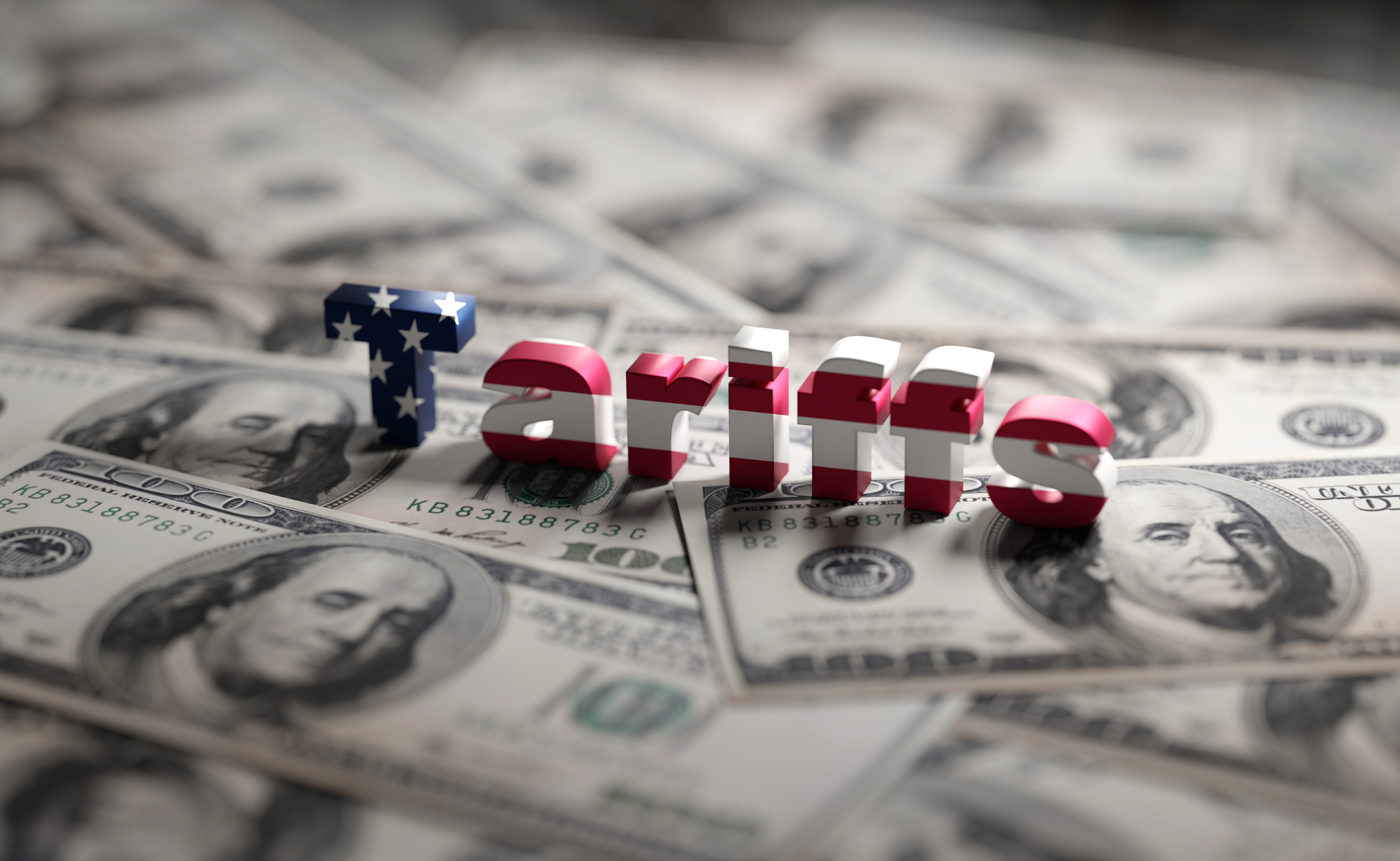 What Tariffs Mean for Your Sector Exposure
What Tariffs Mean for Your Sector ExposureNew, higher and changing tariffs will ripple through the economy and into share prices for many quarters to come.
-
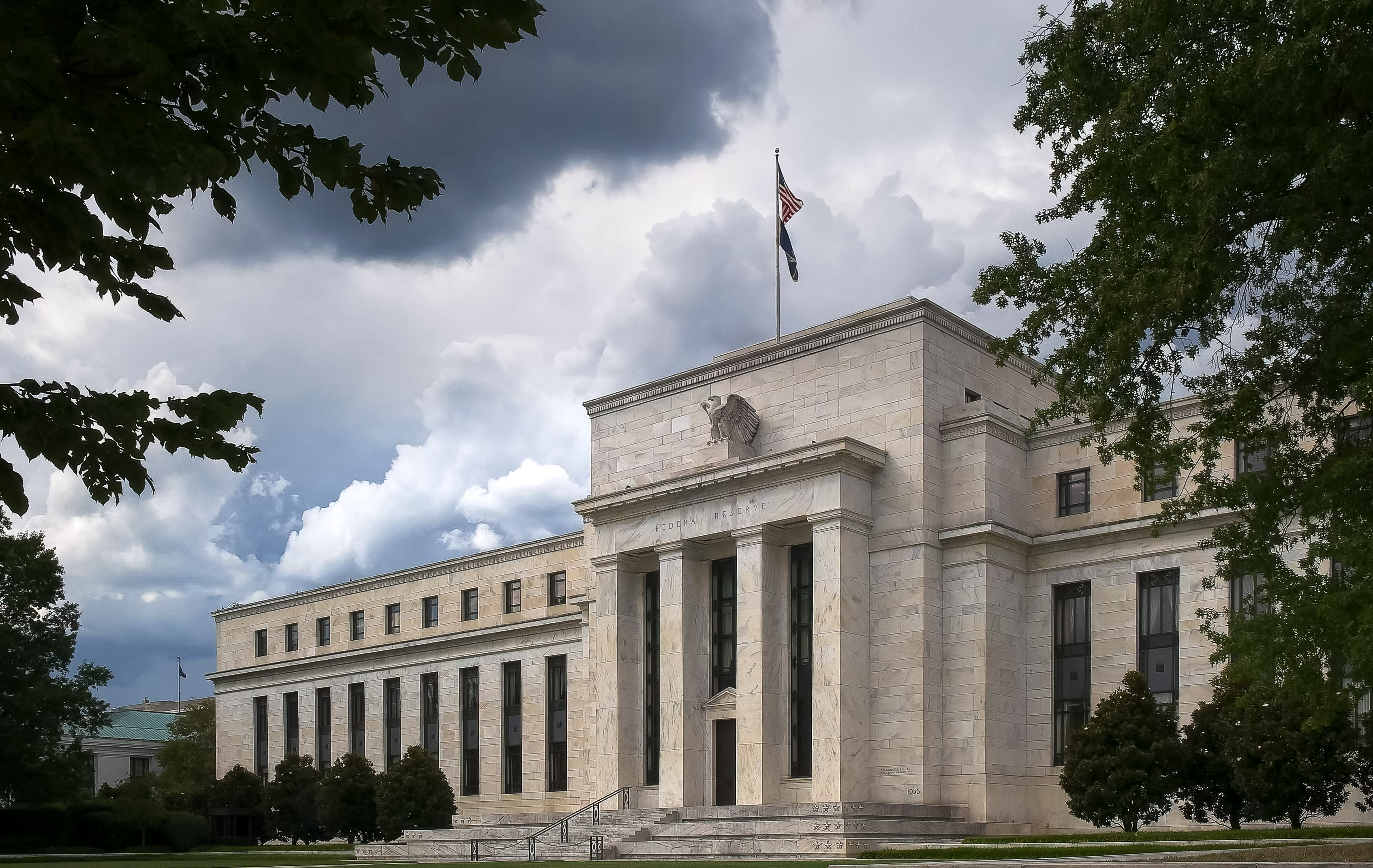 How to Invest for Fall Rate Cuts by the Fed
How to Invest for Fall Rate Cuts by the FedThe probability the Fed cuts interest rates by 25 basis points in October is now greater than 90%.
-
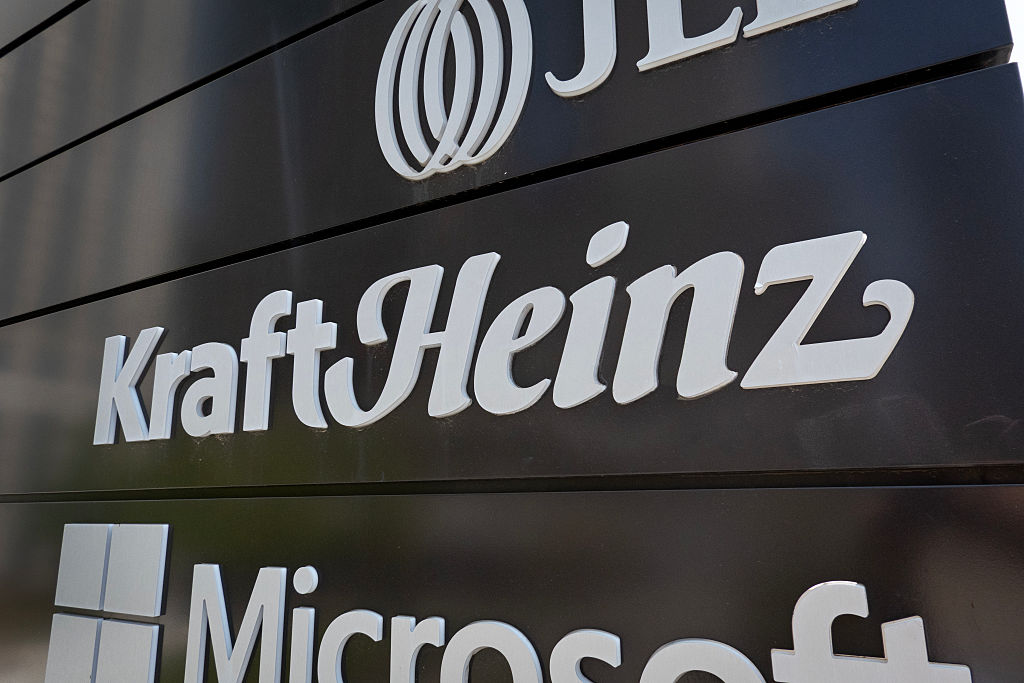 Are Buffett and Berkshire About to Bail on Kraft Heinz Stock?
Are Buffett and Berkshire About to Bail on Kraft Heinz Stock?Warren Buffett and Berkshire Hathaway own a lot of Kraft Heinz stock, so what happens when they decide to sell KHC?
-
 How the Stock Market Performed in the First 6 Months of Trump's Second Term
How the Stock Market Performed in the First 6 Months of Trump's Second TermSix months after President Donald Trump's inauguration, take a look at how the stock market has performed.